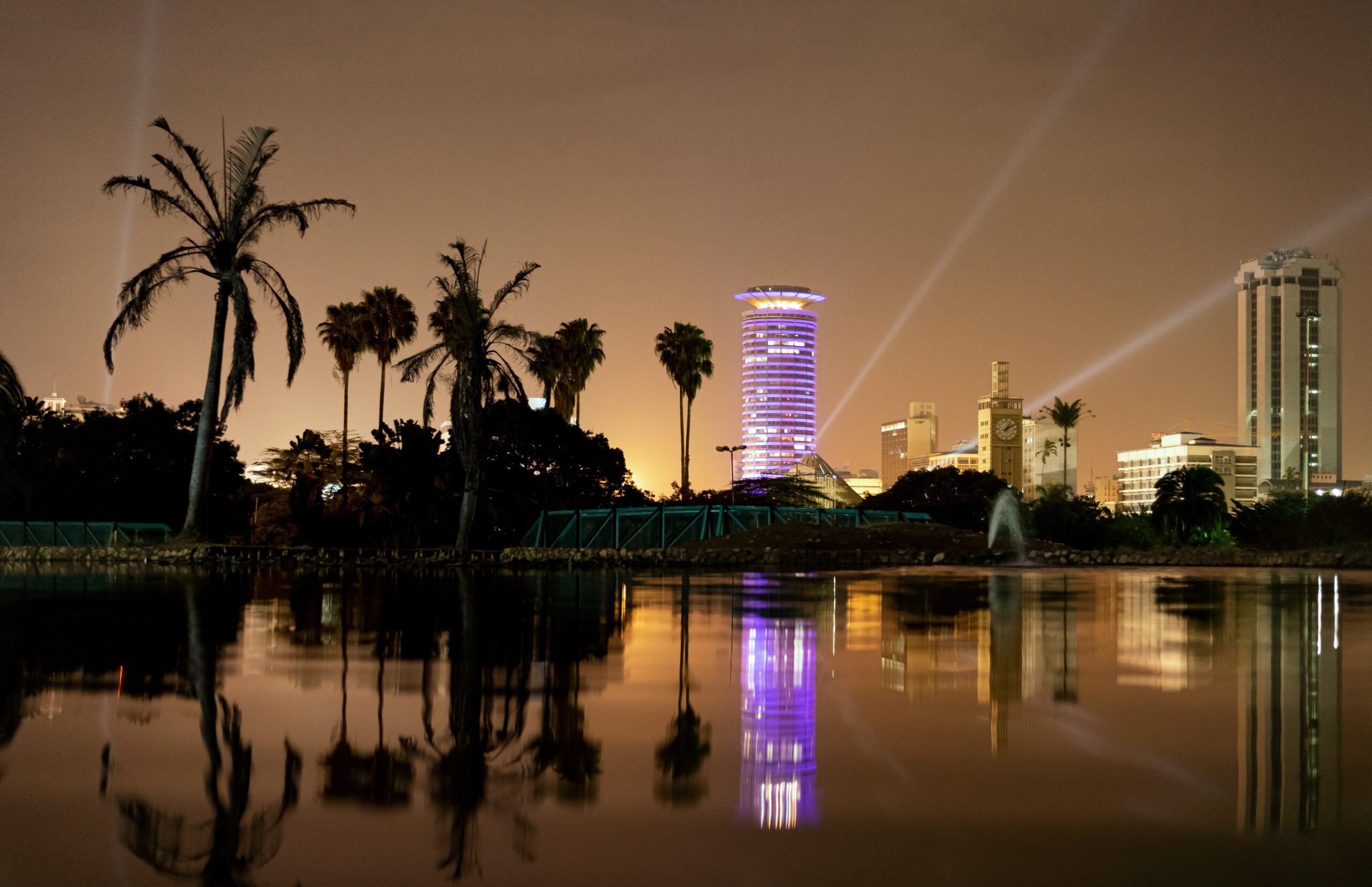Dampened by the negative impacts of Covid-19, the Kenyan economy experienced a 3% contraction in 2020, from an annual growth of 5.8% in 2019. However, in 2021, the economy rebounded and recorded a growth of 2%, 11.9% and 9.9% in the first, second and third quarters in 2021; with the fourth quarter estimated to grow at 7.6%. In 2022, the economy is expected to grow at 6%; buoyed by the continued recovery in industry and services; stable macro-economic environment and favorable weather that will boost agricultural production and food processing. It is on this economic premise that the Kenya national budget for the financial year 2022/2023 was developed.
The positive outlook into the financial year 2022/2023 is supported by the intentional prioritization of the Kenyan government of what it considers to be strategic areas of focus. The budget is anchored on the Medium Term Plan III under the Vision 2030 economic blue print for Kenya. It also seeks to support the actualization of the Big Four Agenda for the current administration; which focuses on universal healthcare, food and nutrition, housing and manufacturing. Though it cannot be termed as a Covid-19 budget, the 2022/2023 budget further seeks to continue supporting the implementation of the Economic Recovery Strategy (ERS), which was developed to mitigate the adverse impacts of Covid-19 to the economy.
With national elections coming up in August 2022, the 2022/2023 budget is also considered to be an elections budget. Public finance experts opine that it is a precursor to a supplementary budget that will be passed by the new administration after the August polls. The supplementary budget will seek to align government expenditure with the priority development agenda for the new administration. The extent of the variance from the current budget numbers is however estimated to be minimal; since the country’s development agenda will largely be guided by its long-term development blueprint – Vision 2030 and the Economic Recovery Strategy (ERS).
The Budget In Numbers
The Kenya national budget 2022/2023 estimates the government expenditure at KES 3.342 trillion (USD 28.97 billion); which will be 23.9% of the GDP. This is 4% higher than the KES 3.215 trillion (USD 27.9 billion) budget for 2021/2022 financial year. Total recurrent expenditure accounts for 67.4% of total budget (USD 19.6 billion); development expenditure accounts for 20.2% (USD 5.9 billion); while allocation to County Governments is 12.2% (USD 3.5 billion). The contingency fund was allocated KES 4 billion (USD 34.7 million); which is about 0.11% of the total budget.
On the revenue side, the government expects to collect KES 2.447 trillion (USD 21.2 billion) through taxes and Appropriations in Aid (A.i.A) in the financial year 2022/2023. This will be a 15% rise in revenue collections by the government; compared to the KES 2.124 trillion (USD 18.4 billion) in the 2021/2022 financial year. The target revenue collection will be 17.5% of the country’s Gross Domestic Product (GDP).
The government plans to fund the 35.2% budget deficit of KES 862.5 billion (USD 7.5 billion) through a mix of external and domestic loans; with a high priority on domestic loans. For international loans, the government seeks to get loans with concessional terms; with non-concessional loans only considered for projects with high economic and financial returns as contextualized to the government’s development agenda. To this end, the government seeks to deepen the domestic debt market and improve its efficiency so as to reduce the cost of debt locally; and avail it to all sectors. The government intervention to deepen the domestic debt market notwithstanding, there are fears of a crowding out effect for the private sector as commercial banks prioritize the risk free government paper; over lending to businesses.
The financial year 2022/2023 also faces risks that could threaten the revenue collection targets for the government. Among the leading risks is the Covid-19 mutating variants that could lead to another closure of boarders, disrupt supply chains and slowing down the global economy. With elections coming up in August 2022, the wait and see stance by the private sector is expected to slow down business operations. Investors will be waiting to know who the new administration will be and the policy priorities the new government will enforce; in order for them to make strategic investment decisions in the country.
Revenue collection by the government in the first few months of the 2022/2023 financial year are therefore expected to be below targets, but pick up thereafter as investor business confidence builds up post the August polls. The Kenyan government is banking on the expected faster post-Covid recovery rate and increased remittances to mitigate the risks above.
Author: Jeremy Riro


